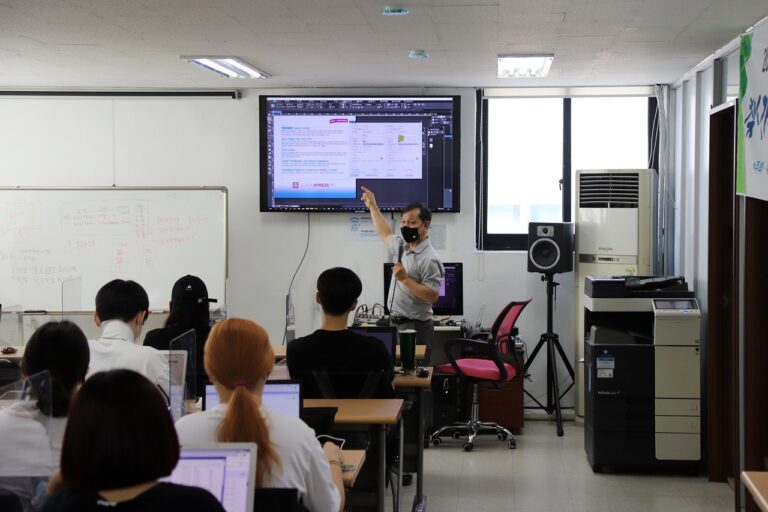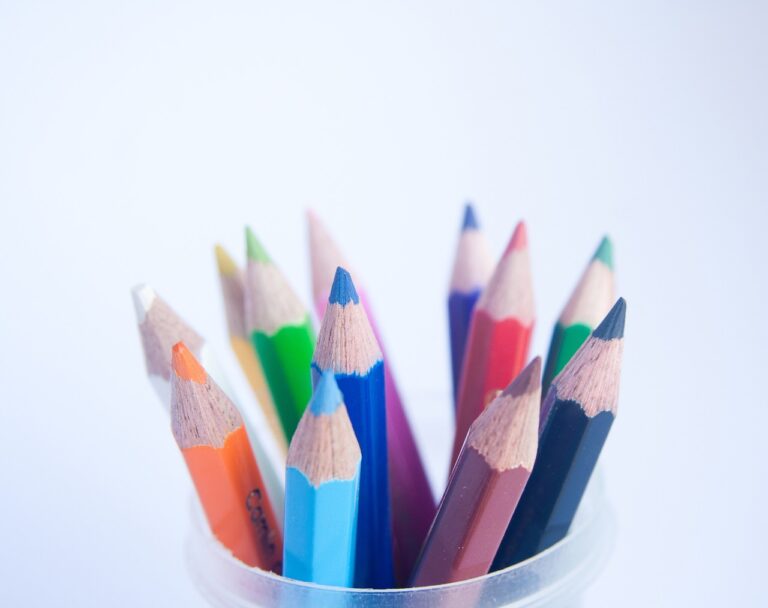Addressing Bias in Discipline Policies and Restorative Justice Practices
Implicit bias, a form of unconscious prejudice that influences our actions and decisions, plays a significant role in shaping discipline policies in educational settings. These biases can manifest as stereotypes and prejudices towards certain groups of students, leading to disparate treatment and unequal outcomes. Without proper awareness and understanding of how implicit bias operates, disciplinary actions may disproportionately affect marginalized students and perpetuate systemic inequalities.
Recognizing and addressing implicit bias within discipline policies is crucial for creating a more equitable and inclusive school environment. Educators and school administrators must engage in ongoing training and professional development to identify and combat implicit biases that may impact disciplinary practices. By implementing evidence-based strategies and promoting a culture of fairness and empathy, schools can work towards minimizing the harmful effects of implicit bias on student outcomes and fostering a more supportive learning community.
Challenges of Implementing Restorative Justice Practices in Schools
Implementing restorative justice practices in schools poses a significant challenge due to the resistance encountered from some educators and administrators. There can be a cultural shift required in the school environment, as moving towards a restorative approach may challenge more traditional disciplinary methods. Additionally, there may be concerns about the effectiveness and practicality of restorative justice practices, leading to hesitancy in adopting these methods.
Moreover, the lack of training and resources allocated for restorative justice implementation can hinder its success in schools. Teachers and staff members may require extensive training to effectively utilize restorative practices, and without adequate support, they may struggle to implement these methods consistently. Furthermore, the logistical challenges of restorative justice, such as coordinating meetings between all parties involved in a conflict, can also present obstacles to its full integration within school discipline policies.
What is implicit bias in discipline policies?
Implicit bias refers to the attitudes or stereotypes that affect our understanding, actions, and decisions in an unconscious manner. In discipline policies, this can manifest as favoritism towards certain groups of students or harsher punishments for others.
How does implicit bias impact the implementation of restorative justice practices in schools?
Implicit bias can hinder the fair application of restorative justice practices, as educators may unknowingly treat students differently based on their race, gender, or other factors. This can undermine the effectiveness of restorative justice in promoting accountability and healing.
What are some challenges schools face when trying to implement restorative justice practices?
Some challenges include resistance from staff members who are accustomed to traditional disciplinary methods, lack of training and resources for restorative justice implementation, and the need to address underlying systemic issues that contribute to disciplinary disparities.
How can schools address implicit bias and other challenges in implementing restorative justice practices?
Schools can address implicit bias by providing training on cultural awareness and equity, implementing clear guidelines for restorative justice procedures, involving students and families in the process, and continuously evaluating and adjusting practices to ensure fairness and effectiveness.






